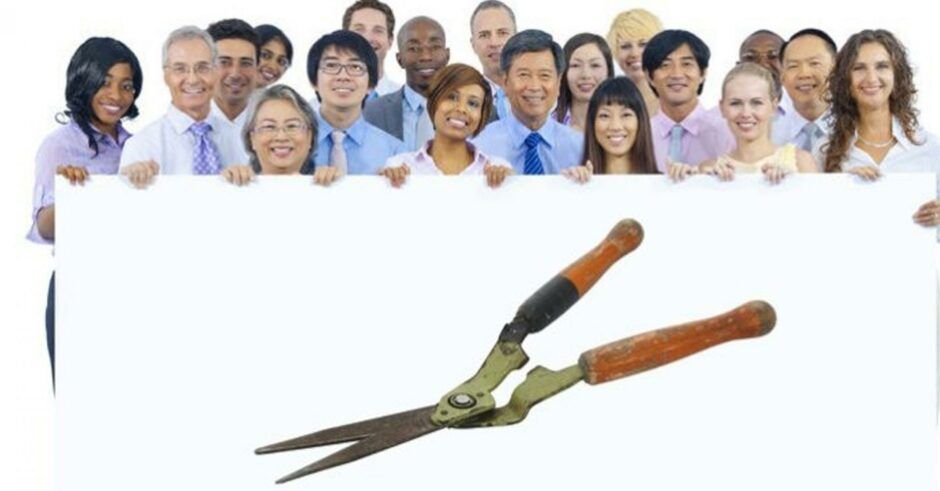Workforce diversity is much more than just another corporate buzzword. It’s an important business topic these days as organizations regard differing viewpoints a critical element in being innovative and competitive in a fast changing world.
Regardless of any social factors, the individual employees within every organization have a wide variety of business-centric ideas, perspectives and behaviors that usually lead to one of two outcomes.
When managed effectively their differences can be harnessed and nurtured into a collaborative culture for the better good of the team, department and business as a whole. This win-win mindset separates great entities from the rest.
But when people do not recognize the validity of other opinions, viewpoints or mannerisms it can cause inefficiencies, dysfunction and may potentially escalate to conflict. This me-me mindset stagnates weak entities and must be laid to rest.
Organizations need differences, need debate, need people to challenge, need honesty. But what organizations do not need is conflict, and hence Difference Management is a key leadership skill.
Perils of the Me-Me predicament
It’s a prevalent human trait to think that our own way of doing something is usually the best, quickest and most efficient. But remember, others think like that too.
All too frequently differences of opinion are dismissed, not taken seriously or hastily considered wrong. When no effort is made to accommodate the alternate viewpoint, the other party feels undervalued, disrespected and demotivated. They may become resentful, which in turn can quickly escalate to conflict.
In addition, when someone gets locked into an “I am (always) right” mindset they are soon viewed as stubborn, egotistical and inflexible. Again this leads to conflict, reduced morale, lower productivity and employee turnover.
Another trait sometimes found in the egocentric manager is the need to surround themselves with like-minded clones and/or “yes” people. They take great comfort (and pride) in the fact that everyone simply agrees with what they preach or ask for. They become a narrow-focused group who are usually unmotivated to be better and unwilling to help others.
Accelerating the Win-Win advantage
In one of the most famous snippets from his bestselling 7 Habits book, Steven Covey quipped that.
Strength lies in differences, not in similarities
While it’s not rocket-science, it is important that every member of the team understands it.
When employees are able to manage differences among themselves, this trait will permeate into their business dealings.
They will be better able to resolve customer concerns, negotiate favourable terms with a gnarly vendor or close a sale with a wavering client.
Below are a few suggestions for organizational leaders at all levels;
- Start by helping the team get to know each other, find out what is important to them and how they like to work. This can be done with fun and engaging activities in work or through out-of-hours social gatherings.
- This builds strong working relationships which are the backbone of heightened employee engagement.
- Managers should urge employees to challenge, debate and disagree…..but only in a constructive manner.
- It is OK to be different, but it is not OK to be dysfunctional.
- Champion the idea that employees engage in bi-directional feedback and feel open enough to talk among themselves and with their supervisors.
- But no employee should ever feel like their input is being dismissed (especially by someone higher up the org chart).
- When faced with someone who thinks their way is the only way, employees should learn how to diffuse the situation and not resort to argument and conflict. For example, if presented with “that won’t work”, re-frame the resistance by asking “what do you think it would take to make it viable?”
- Arguing is an extremely inadequate method of persuasion.
These are just a few ways in which differences can be handled so that instead of descending into dysfunction, they are seen as a means to a better outcome.
Business Landscape Gardening
As best man at my brother’s wedding a number of years ago, I paraphrased a 200+-year-old quote about marriage being like a pair of garden shears. The similarity is that although they are joined together they frequently move in opposite directions, but still have a single purpose to work efficiently as a cohesive unit and eliminate anything that gets in the way.
Seems to me those 200-year-old shears could also symbolize any team or department in the modern workplace. And if their owner keeps them oiled and well maintained they will perform at a very high level for a very long time.




